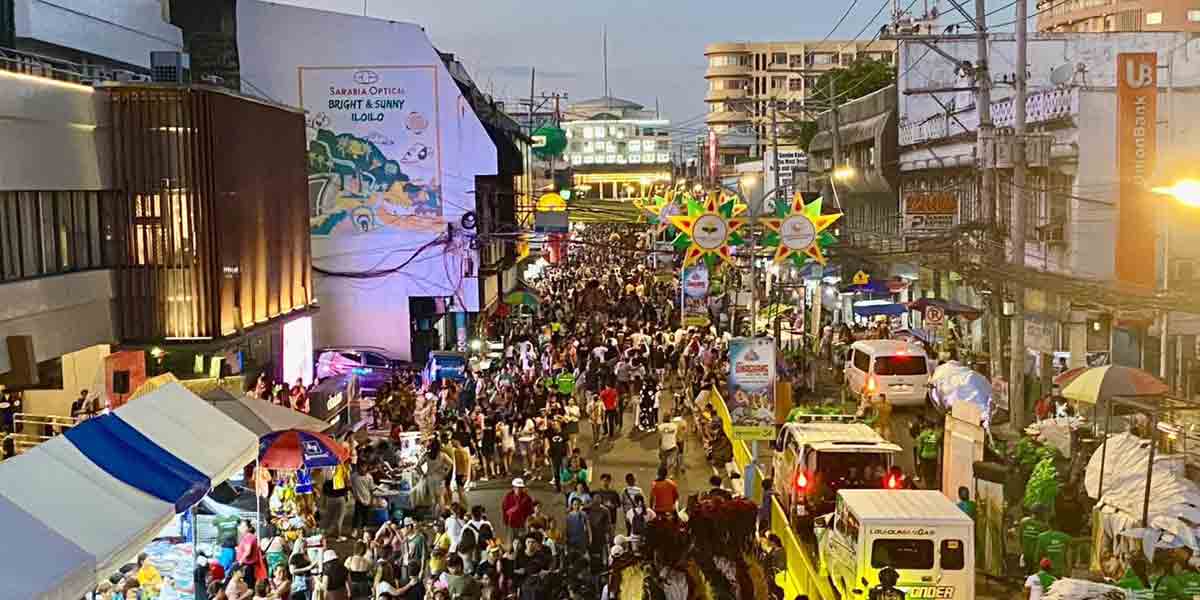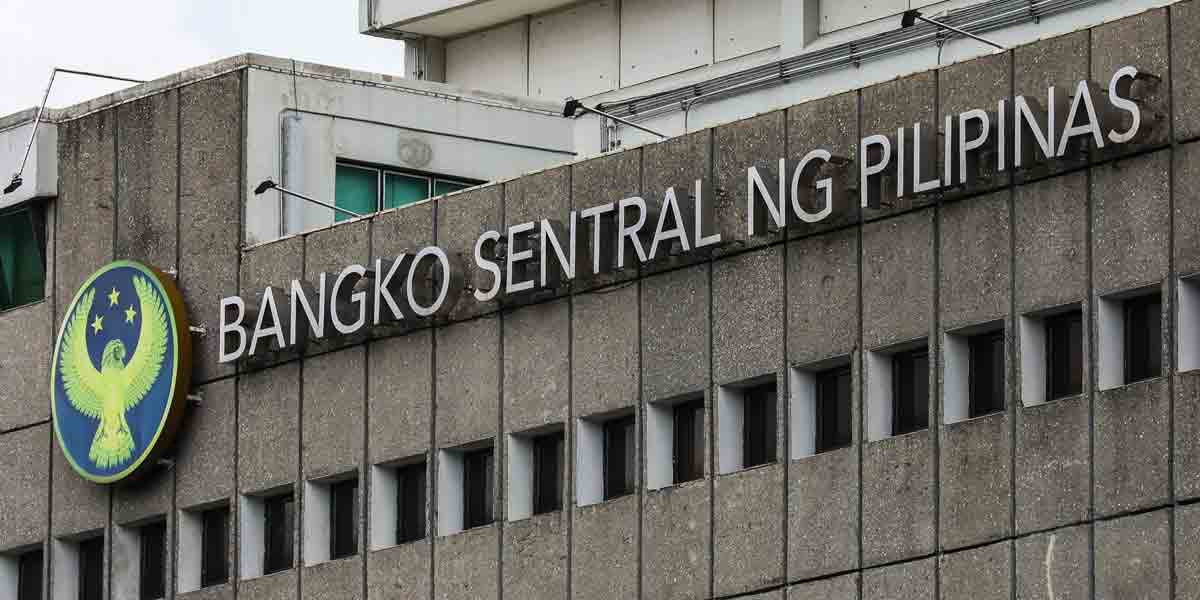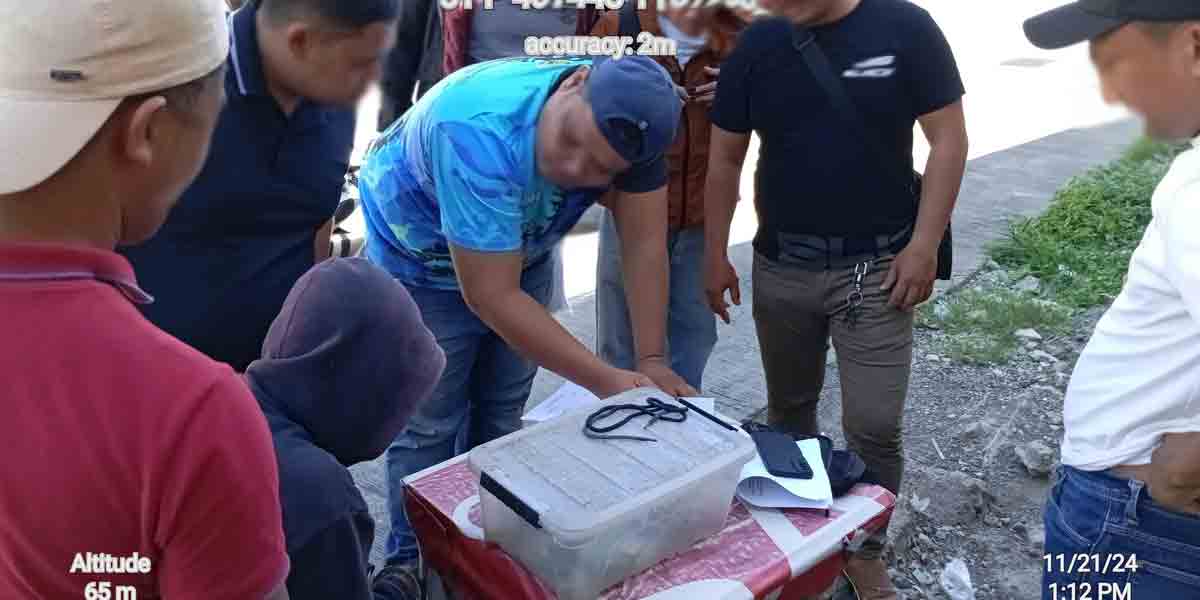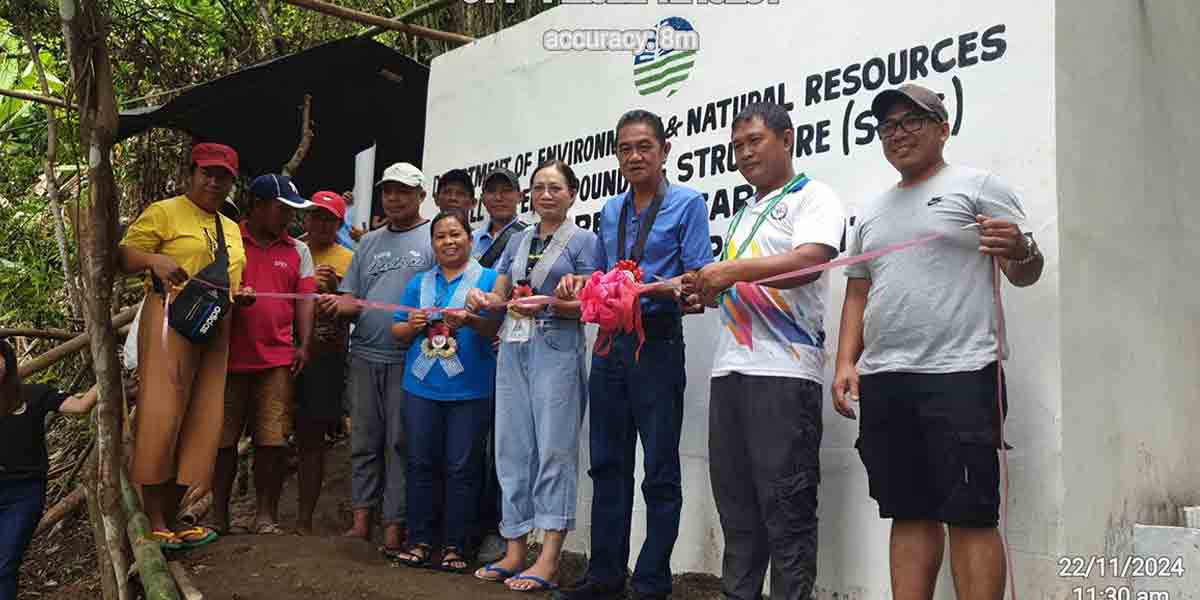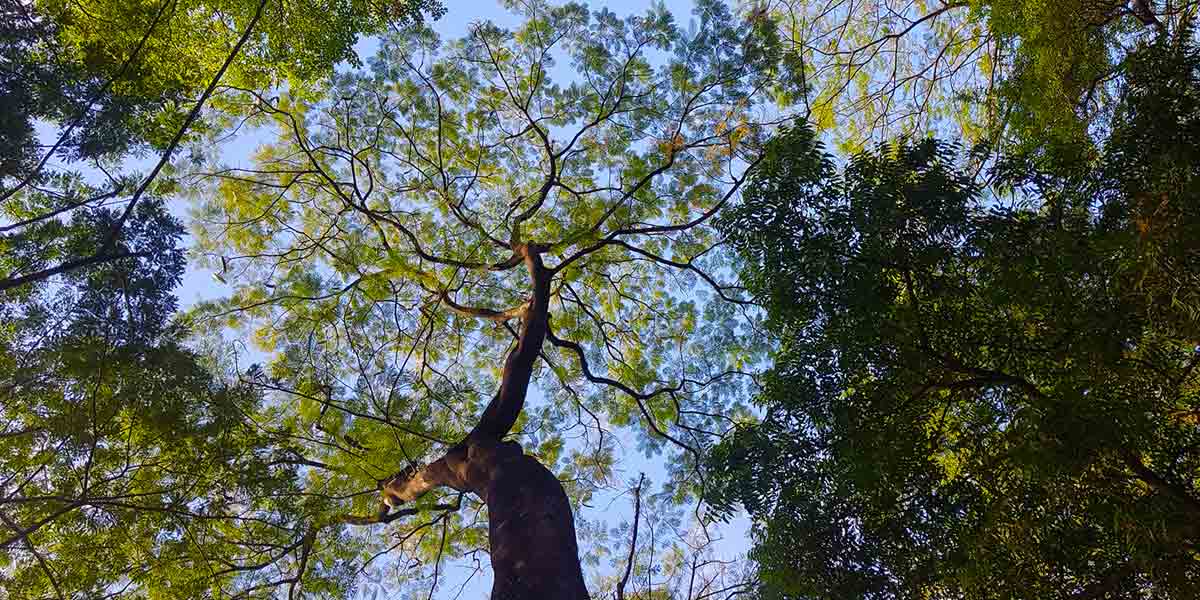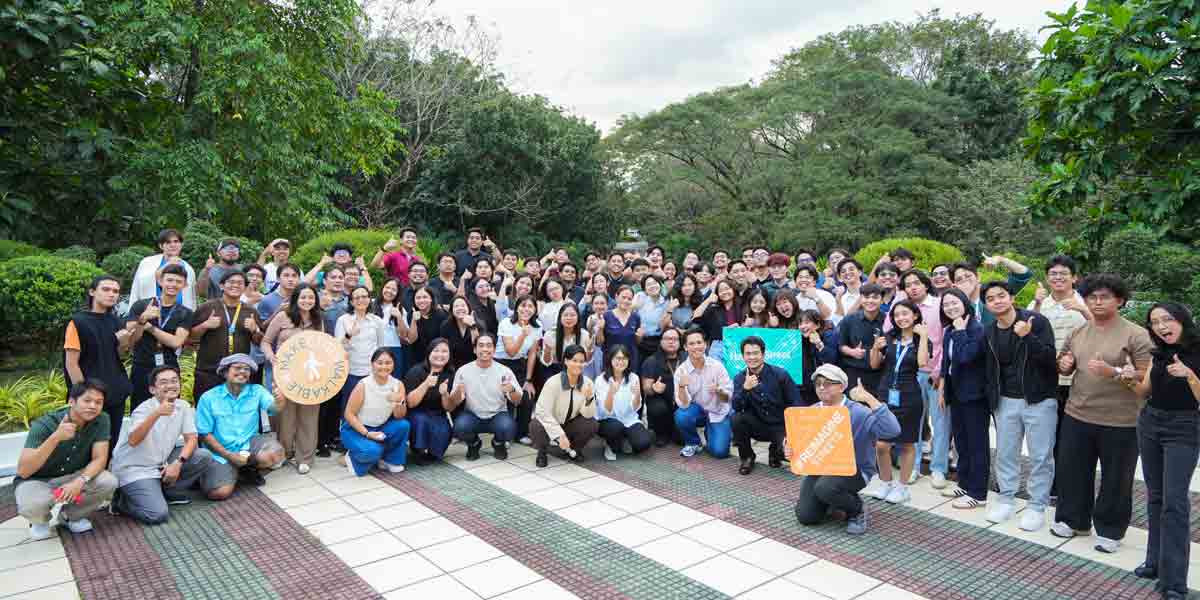By Karen Joyce Pumaren
The author is a third year Communication and Media Studies student (Journalism Cluster) of UP Visayas. This report is an output for CMS 139 Class (Investigative Reporting) under Dr. Zoilo Andrada.
In the first week of February 2022, Gov. Arthur Defensor Jr. issued an order placing the province of Iloilo under Dengue Alert Level 5 in the anticipation of possible surge in dengue cases in the province.
The decision was rooted in the three-year cycle of dengue outbreaks in the province and even the country.
Three years ago in 2019, Iloilo exceeded the dengue epidemic threshold which resulted in patients overcrowding province-run hospitals in the province.
Fast forward today, the first five months of 2022 saw an alarming increase in dengue cases, posing a possible recurrence of another dengue outbreak.
“We want to start preparing for dengue together with our mayors. Looking back three years ago, the outbreak was gradual, beginning in the first quarter. It started to really surge by July 2019,” said Defensor in an interview last February.
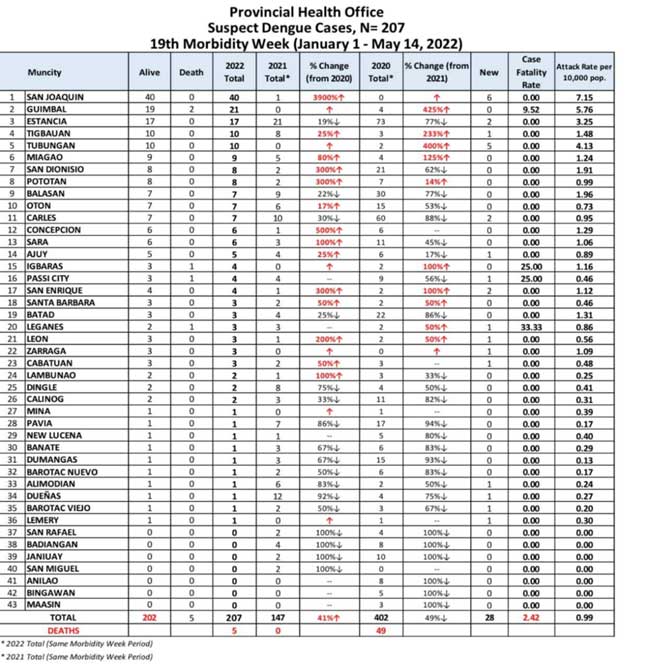
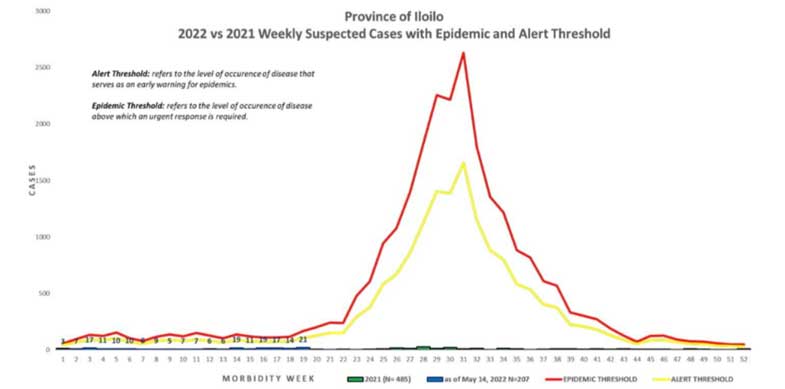
From January to the third week of May this year, the Iloilo Provincial Health Office (IPHO) has monitored 207 dengue cases and five deaths which manifest a 41% increase from the data on the same period last year.
Notably, municipalities in southern Iloilo were among the areas with the highest cases. San Joaquin topped the list of cases based on the data provided by the IPHO.
The number continuously rises which will likely lead to another outbreak.
In the face of this looming epidemic under the COVID-19 pandemic, it is imperative to look into the factors that may have triggered the increase in order for immediate action to be taken into motion and for an effective policy and strategy to be crafted early on.
DENGUE SITUATION IN SAN JOAQUIN
San Joaquin is a coastal municipality in the southern part of the province of Iloilo. The trend of dengue cases follows the three-year cycle of dengue outbreaks, according to Dr. Abraham Elgario, Municipal Health Officer.
“As you can see on the history of dengue cases in the municipality for ten years, makita mo nga ang cases ga-surge every three years. In 2016 we have 85 cases, it dropped down in 2017 and 2018 but nagsaka balik in 2019 when we have recorded 144 cases. Based on the data last May 18, 2022, we already have 46 cases,” Elgario said.
(As you can see in the history of dengue cases in the municipality for ten years, it is apparent that there is a dengue case surge every three years. In 2016 we had 85 cases then it dropped down in 2017 and 2018 but increased again in 2019 when we have recorded 144 cases. Based on the data last May 18, 2022 we already have 46 cases.)
Children 5 to 17 years old were documented to be the most affected in the municipality, accounting for 38 out of the 46 in the May 18, 2022 data.

Currently, there are 13 barangays in the municipality with dengue cases, including three with clustering of cases – Lawigan, Qui-anan, and Sinogbuhan.
Barangay Lawigan, with eight clustered cases, tops the list of barangays with dengue cases in the municipality with 18 as of May 23, 2022.
The dengue situation of Lawigan showcased gaps, both from the government and the people. Gaps that may fan the flames of brewing dengue outbreak if not confronted.
LAWIGAN CASE
Lawigan is the biggest and most populated barangay in San Joaquin with 2,881 residents. A single dengue case here can cause a ripple effect and infect thousands if the dengue prevention control program falters.
According to Ma. Jacinta T. Secondes, midwife of Lawigan Health Station, the first recorded dengue case in Lawigan this year was in March. After which, cases rapidly increased.
“Ang first dengue case namon na-record last March. After that ang cases sige-sige na ang pag-increase. May ara nga nakarecord kami 2-case increase every day. So far kadya palang gid ako ma-stress sa pag-deal sang dengue,” Secondes explained.
(Our first dengue case was recorded last March. After that the cases continuously increased. For a time, we recorded 2-case increases every day. So far, this has been the most stressful dengue situation that I handled.)
After the sudden dengue case surge in the barangay, the Department of Health Region VI, IPHO, and San Joaquin MHO conducted an entomological survey which revealed that five out of eight mosquitoes that were tested were carriers of dengue virus.
The assessment and report suggested the abundance of dengue vectors in the community. Local officials observed that garbage are the evident and notable breeding sites for mosquitos.
“May ara sa mga baso, plastics, botelya, lata, mga plastic cellophane, kag may ara kami gani nakita sa mga tanzan. Kay ang iban ginapilak-pilak lang nila ang ramo da,” Secondes noted.
(The breeding sites we noted are mostly garbage – cups, plastics, bottles, cans, plastic cellophanes, and bottle caps. People often drop and throw their garbage anywhere.)
The first factor local officials noted is the people’s attitude towards cleanliness.
In response to the case surge, local government unit of San Joaquin conducted clean-up drives to root out mosquitoes’ breeding sites and public awareness programs to disseminate information about dengue.
“Sang naka-record kami sang amon first nga mga cases nagkadtu diya ang sanitary inspector para i-check ang area nga may case kami una. Dayun sa sunod nga adlaw nagconduct sang clean-up drive kag nagbalik liwat ang sanitary inspector for the next day tas nagisturya sa barangay captain kag mga volunteer para sa awareness program,” Secondes said.
(After we recorded our first few cases, the sanitary inspector from the municipal office checked the area where the first case was documented. On the next day, together with us, they conducted clean-up drives. They went back the next day to talk with the barangay captain and volunteers for the awareness program.)
Garbage coupled with the frequent and early rains is the possible primary cause for the rise in dengue cases, according to Secondes.
“Dako nga factor ang tiyempo, temprano nagabot ang uran. Ang tubig nagastock sa mga containers nga wala takop labi nagid sa mga higko kag ginaitlogan sang lamok,” she added.
(One big factor is the season; the rainy season arrived earlier than expected. Rainwater stocked in empty open containers and garbage became a perfect breeding ground for mosquitoes.)
The DOH, IPHO, and San Joaquin local government, have been urging the people to observe the 5S Strategy – search and destroy mosquito breeding sites, self-protection like using of insect repellents, seek early consultation at the neatest health care facility, support fogging, spraying, and misting in hot spot areas, and social distancing.
However, clean-up drives and awareness programs without active community participation will not do much in preventing and controlling the growing dengue cases.
“Halos kami nalang matinlo kay kung hambalan mo sanda maninlo daw waay lang. Gahuo lang pay pagbalik mo wala man gihapon. Ang iba wara gidya sakalag,” Secondes added
(We do almost all the cleaning jobs, we visit their places to clean because most community members seem not to mind the worsening situation.)
The second factor to be addressed is the formulation of a communication strategy that aims for behavioral outcomes. Information dissemination does not always convince and persuade people to act.
DENGUE PREVENTION AND CONTROL
“May ara kita sang free NS1 antigen test nga ga-allow sang rapid detection of dengue. To isolate dengue patients, we provide them with mosquito nets. For indigent patients, libre na ang tanan. And may ara kita constant meetings with other sectors of the community,” Dr. Elgario noted
(We have free NS1 antigen test that allows a rapid detection of dengue. To isolate dengue patients, we provide them with mosquito nets. For indigent patients, everything is free. And we constantly meet with other sectors of the community.)
Lawigan also has a vigorous community-based dengue vector control plan of action.
Sanitary inspections are conducted every week to assess the environmental sanitation situation of the area.

Dengue control personnel, local health workers (BHWs), and barangay officials are regularly conducting clean-up drives in the seven zones of the barangay.

Four cycles of fogging and indoor residual spraying are done every week in the barangay.
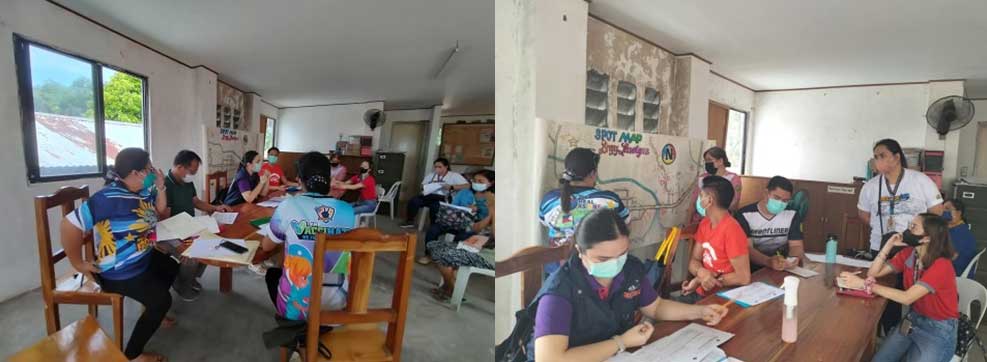
DOH-Region 6 and Provincial Health Office Dengue Committee periodically visited the barangay from March to May for have Dengue Surveillance and Case Finding.
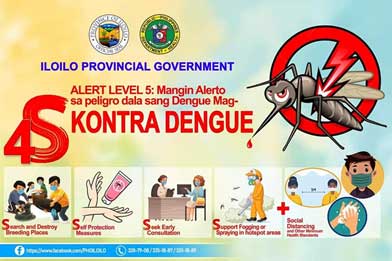
Moreover, information drives have been performed, primarily in elementary schools as data suggest that this age group accounted for the highest number of dengue cases.

The Lawigan Health Station is accessible and open daily for dengue concerns and consultations. They gave out medicines like bottles of aerosol and paracetamol to patients and those in need.
The San Joaquin LGU assured that in case a dengue epidemic occurs, the municipality is well prepared, having two huge hospitals that can address, cater to and can manage dengue cases and patients.
DRAWBACK
Notably, a systematic planning of a behaviorally focused communication strategies for modifying behaviors associated with dengue was not successfully laid out. Hence, public behavior remains problematic.
Though, perhaps, hospitals are capacitated and financial concerns that may arise can be quickly answered, life still is at risk. Hence, a Dengue and Prevention Control Program can never be called effective.
Sources:
Iloilo Provincial Health Office (IPHO)
San Joaquin Municipal Health Office
Brgy. Lawigan Health Station
Brgy. Lawigan Officials
Balita Halin Kapitolyo (Public Information and Community Affairs Office (PICAO))



